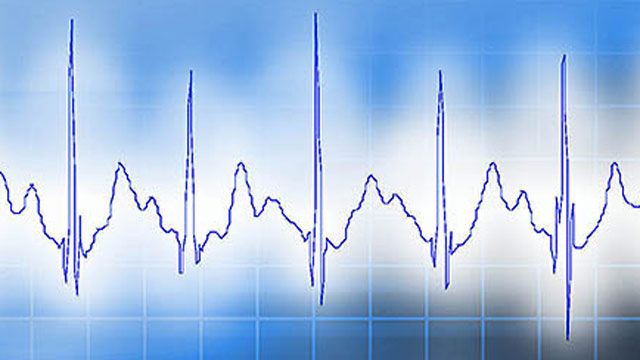Scientists use MATLAB in electrophysiology research and development to support key tasks and projects, including:
- Detecting, analyzing, and predicting spikes and spike trains with advanced signal processing, statistics, and artificial intelligence approaches
- Labeling signal, image, and video data for use in feature-gathering and AI model development
- Managing and integrating large and heterogeneous data sets, including electrophysiology, imaging, pharmacology, and animal behavior data
- Simulating sophisticated models to provide deeper insights at the molecular, cell and tissue, and organism level
- Scaling the resulting algorithms to run on local multicore machines or HPC computing environments or the cloud
- Sharing results with collaborators via MATLAB code, apps, desktop, or web interfaces
“MATLAB, MATLAB Coder, and Fixed-Point Designer enabled our small team to develop a complex real-time signal processing algorithm, optimize it to reduce power and memory requirements, accelerate embedded code implementation, and perform the rigorous testing required for medical device validation.”
Using MATLAB and Simulink for Electrophysiology
Electrophysiology with MATLAB
Scientists working in electrophysiology use MATLAB for labeling, analyzing, and classifying signals. You can use MATLAB for rapid model development using apps for labeling signals, images, and videos. You can also use the MATLAB code base and Simulink to develop new and customized experimental platforms, including single electrode, microplate, or multi-electrode arrays for cell culture or in vivo use. You can use MATLAB tools to rapidly scale from developmental analysis to deployed analysis using distribution tools. The analysis can scale for cloud or HPC computing use without large changes to the code. Researchers are also increasingly using simulation, machine learning, and deep learning to understand and predict the behavior of electrophysiological systems across large length and time scales.

Customer Success

Active Community Development
There is a strong and active research and development community creating open-source toolboxes in electrophysiology. While many are hosted on MathWorks File Exchange, there are additional toolboxes to explore.
Explore Products




